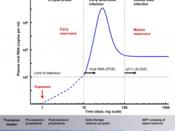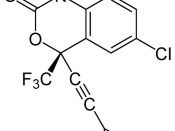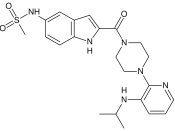In response "to look it up"!Combination therapy is the use of two or more drugs at the same time for the same disease. Doctors have known for a long time that the best way to conrol some diseases is to combine several medicines. For example, tuberculosis (TB) and some kinds of cancer are best treated with combination therapy. Soon after drugs were developed to treat infection with HIV-the virus that cause AIDS, most phsicians and researchers noticed that taking a combination of drugs directed against the virus may synergistically slow down HIV infection and help infected people live longer. HIV belongs to a group of viruses called retroviruses. So any drug used to attack HIV is called an anti-retroviral medicine. Anti-retroviral drugs are broadly classified by the phase of the retrovirus life-cycle that the drug can inhibits.
1) Nucleoside and non-nucleoside reverse transcriptase inhibitors (NRTI & nNRTI). They slow down the reaction of the HIV enzyme called reverse transcriptase.
2) Protease inhibitors (PIs). Protease inhibitors get their name because they block the action of another HIV enzyme, protease. The result is that new copies of HIV aren't made the right way and they can't go on to infect new cells.
3) Integrase inhibitors inhibit the enzyme integrase, which is responsible for integration of viral DNA into the DNA of the infected cells.
4) Entry inhibitors (or fusion inhibitors) interfere with binding, fusion and entry of HIV-1 to the host cell by blocking one of several targets.
5) Maturation inhibitors inhibit the last step in gag processing, in which the viral capsid polyprotein is cleaved , thereby blocking the conversion of the polyprotein into the mature capsid protein.
Combination therapy for HIV infection like other treatment has advantages and disadvantages. Since HIV mutates very rapidly, no individual antiretroviral drug has been demonstrated to supress an HIV infection for long. So these agents must be taken in combinations in order to have a lasting effect. The most common combination that work well together are usually comprise of two nucleoside-analogue NRTIs and one non-nucleoside-analogue nNRTI or protease inhibitor. This three drug combination is recently known as a triple coctail. Combinations of some anti-retroviral drugs are subject to anatagonistic effects instead of synergistic effects, so taking them together is less effective than taking either one separately. This limits the number of useful combinations. Further drawback issues that limit the combination therapy, incuding their complicated dosing schedule and often severe side effects. Some different anti-HIV drugs have the same side effects. Doing so reduces the chance that any single side effect will be so bad that a person has to stop taking the drugs that cause it. The main goal of combination therapy is to find the strongest combination of drugs with the lowest level of side effects.The aricle is at :http://en.wikipedia.org/wiki/Antiretroviral_drug (special regarding Synergistic Enhancers)





